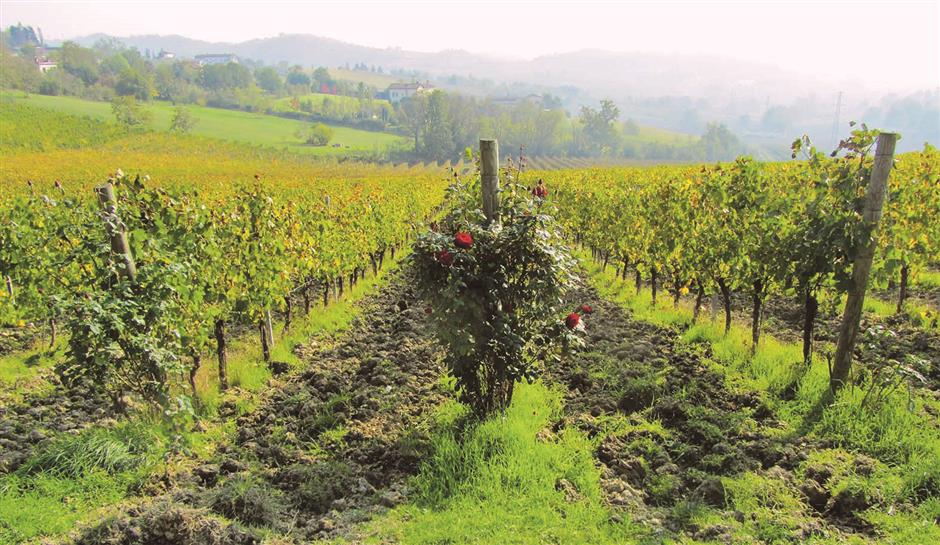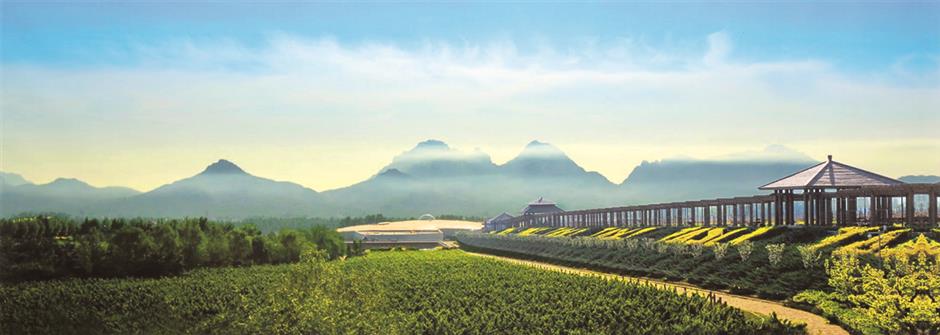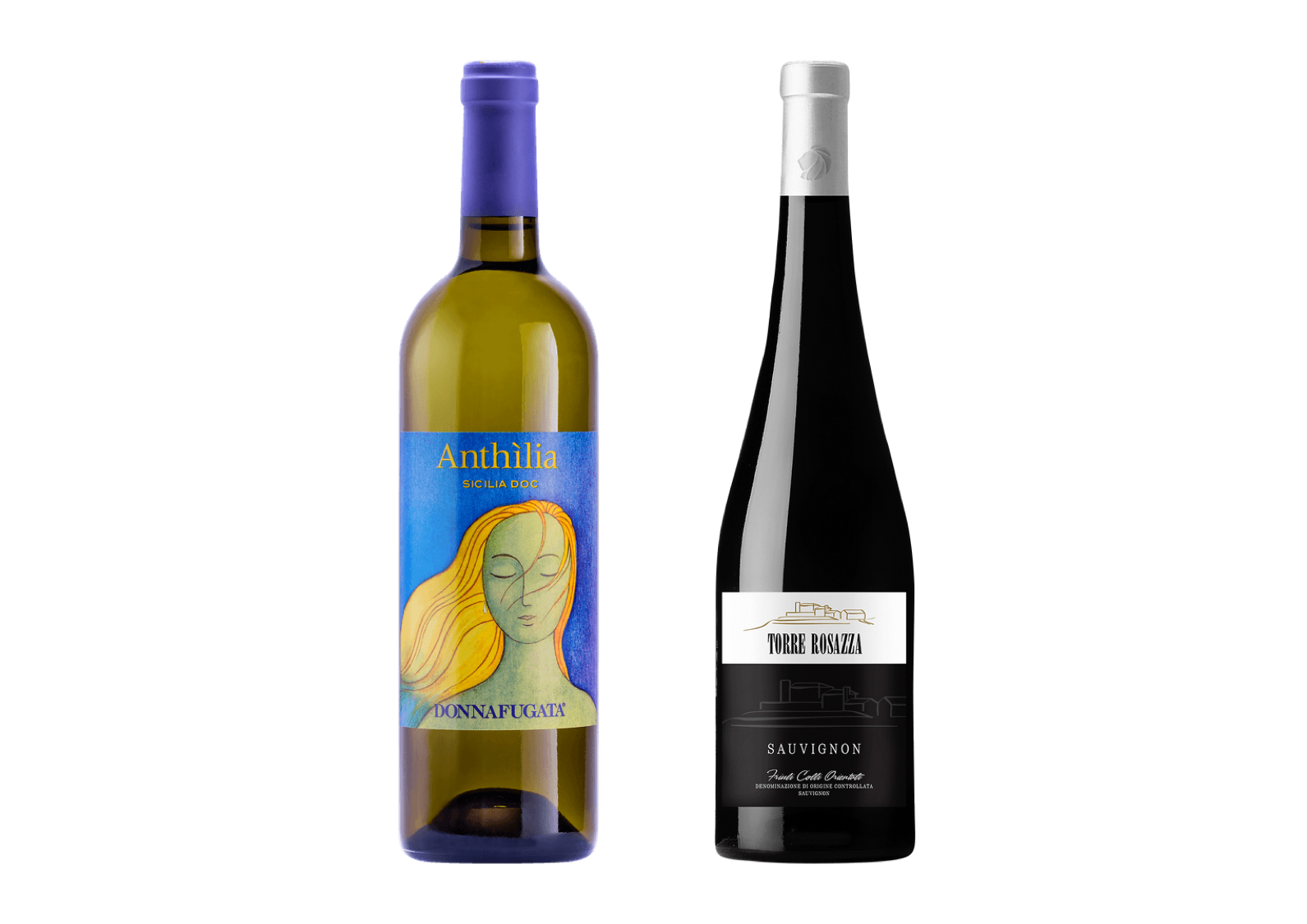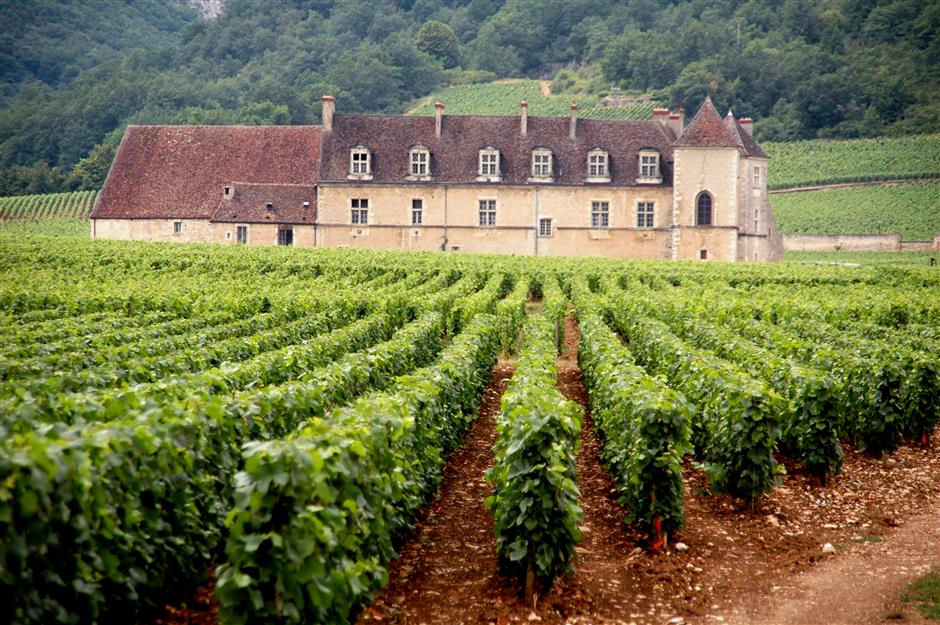Summary
Personally, any day qualifies as a good day to enjoy quality wines but some days offer unique opportunities to pair wines with celebratory foods. The Lantern Festival is one such day.
One legend about the Lantern Festival tells of a magnificent crane descending from heaven to earth only to be unceremoniously killed and eaten by villagers.
The Jade Emperor in heaven took umbrage to his beloved crane becoming a dish for mortals so he angrily decreed that the village should be burnt to the ground. In a moment of heavenly empathy, the daughter of the Jade Emperor warned the villagers of their imminent doom and panic soon took hold.
A wise man from a neighboring village came up with a plan to fool the Jade Emperor by having all the villagers hang red lanterns outside their homes and set bonfires in the streets to make it appear as if the village was burning.
On the 15th day of the lunar calendar the celestial troops sent to raze the village saw the fires and returned to heaven reporting that the village was already burnt to the ground.
The Jade Emperor fell for their ruse and in gratitude for their good fortune the villagers made this an annual event.
Other tales tell of a homesick servant of an emperor in the Han Dynasty (206 BC-AD 220) named Yuanxiao hatching a scheme to make the emperor and his subjects believe the imperial city would be set ablaze by a supernatural being riding a red horse. In the panic and chaos, she hoped to have time to visit her family.
The emperor ordered his subjects to hastily hang lanterns and set fireworks in the streets to appease the God of Fire and also prepare sweet dumplings for the deity.
While others were busy carrying out the emperor’s instruction, Yuanxiao was able to briefly reunite with her parents.
I have no idea if either tale has any veracity but I do know that sweet glutinous yuanxiao dumplings have become the signature food of the Lantern Festival and one perfectly delicious way to celebrate the festival is to pair these treats with an elegant sweet wine.
This year my pick is one of the world’s most fragrant sweet sparkling wines, Moscato d’Asti.
In the world of wines, nothing so perfectly expresses casual elegance as a glass of Moscato d’Asti. Made in and around the hilltop town of Asti in the northern Italian region of Piedmont, Moscato d’Asti wines are among the best affordable premium wines.
These sweet and gently effervescent wines are made from the ancient Moscato Bianco variety and typically offer lovely aromas and fresh flavors of tropical fruits, peaches, nectarines, white blossoms and honey.
While the Moscato Bianco grape has been cultivated for centuries in the Piedmont region, marking it out as one of the oldest grapes in the Italian wine industry, semi-sparkling or frizzanti style Moscato d’Asti wines are a relatively recent commercial occurrence.
Wines of this style were made by producers for centuries for their own consumption but the wines were rarely sold to consumers.
Asti winemakers prized the wines as a digestive to be served between courses or after a meal and therefore the wine developed a reputation as a specialty winemaker’s wine, rather than a commercial wine.
This started to change at the end of the 19thcentury when people in northern Italy and then gradually throughout Europe increasingly developed a taste for these fragrant light sparklies.
During the heady days of pre-war Europe fashionable ladies would often been seen with a glass of Moscato d’Asti in hand.
This was especially true in the spring. Fast forward to the 21st century and the wines of Moscato d’Asti have become one of the most popular styles of Italian wines with a rapidly growing number of admirers in China.
Moscato d’Asti wines are only slightly fizzy, or frizzante as the Italian call them, and usually have about 5.5 to 6 percent alcohol.
The charming sweetness in these wines is never cloying and is balanced by lively acidity. All these qualities make them loving companions to yuanxiao dumplings and also to the plethora of other foods you may choose to savor during the Lantern Festival.
In a testament to the versatility of this wine, I recently had a bottle of L’Armangia Moscato d’Asti Canelli with different dishes at my favorite Mongolian restaurant and the wine worked perfectly well with a host of dishes, especially the yummy exotic desserts.
As with many other Italian styles of sparkling wines, in Moscato d’Asti there exists a wide range of quality levels. Therefore, it behooves consumers to pick wines from top producers.
Some of the best who have wines available in Shanghai are L’Armangia, Araldica, Batasiolo, Michel Chiarlo, La Spinetta, Prunotto and Bera. Moscato d’Asti wines aren’t particularly age-worthy so I suggest sticking to the most recent vintages.
Some final suggestions for happy Moscato d’Asti drinking during the Lantern Festival are to serve the wines well-chilled, or about 6-8 degrees Celsius, in a Sauvignon Blanc white wine glass. While it’s presently fashionable to serve sparkling wines in flute-shaped glasses, to most fully appreciate the lovely aromas and texture of Moscato d’Asti wines, a white wine glass with a proper bowl is preferable to the stylish flute.





